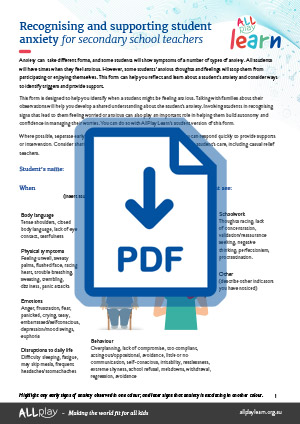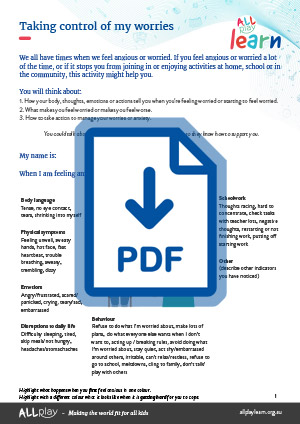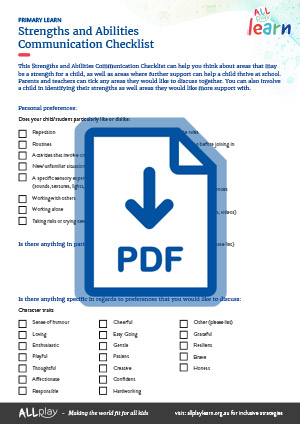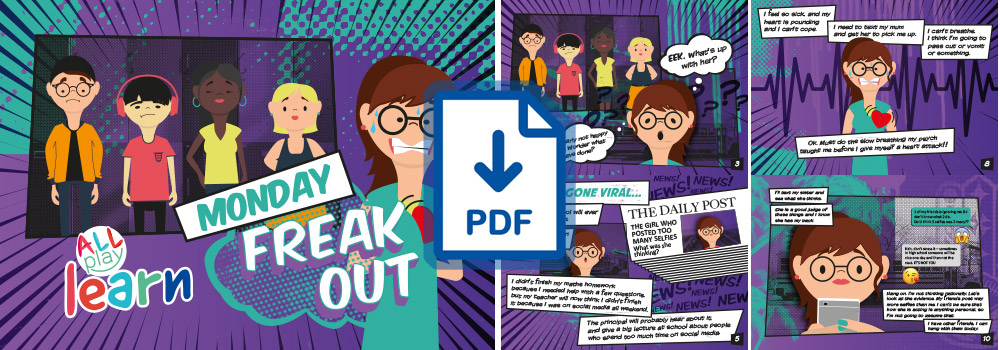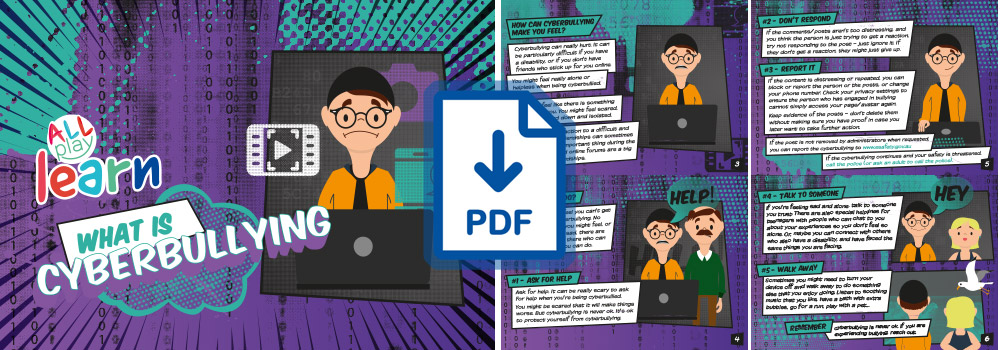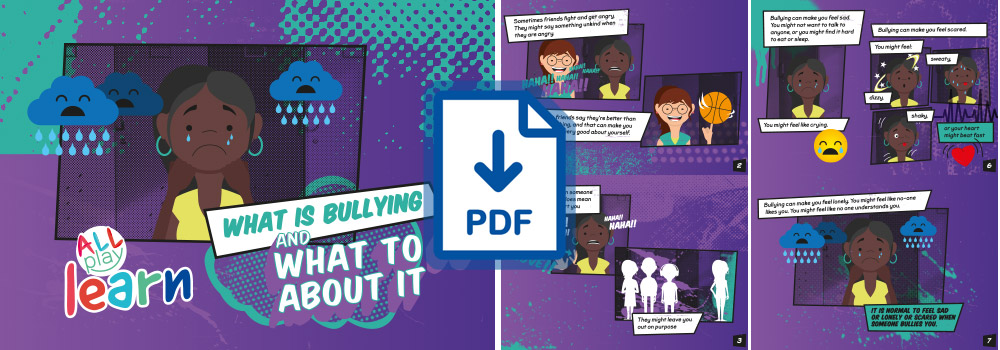

About anxiety
We all worry or feel scared at times, but some teens may worry so much that they avoid participating in activities, being with others, or going places. Young people with disabilities and developmental challenges often experience higher rates of anxiety than their peers. Anxiety can take different forms, and some teens can show symptoms of a number of types of anxiety. You can learn about some of the common forms of anxiety below.
Separation anxiety
Selective mutism
Social anxiety
Generalised anxiety
Specific phobias/anxiety
Panic disorder
Post-traumatic stress disorder

Strengths
What might be some strengths?
- Some students with anxiety may want their work to be perfect and so create high quality work.
- Teenagers with anxiety may connect with trusted adults or friends for support.
- Some students who have been through a traumatic event may grow personally as a result. They may feel close to friends and family members, as well as their religion. They might feel they are good at coping with difficult events, be thankful for and value life, and have a clear idea of what is important to them.
- Teenagers with selective mutism may cooperate well with other students and obey the rules.
Where might you provide support?
- Worried and scared students usually try to avoid the thing that stresses them. This could mean that they avoid or don’t join in for some activities.
- They may look stressed or restless, or they may keep to themselves and avoid some activities or people. A student with anxiety who refuses to participate may be feeling overwhelmed rather than misbehaving or being stubborn.
- Some students might be very distressed or agitated when feeling anxious. They may even refuse to attend school.
- They may seek lots of reassurance from staff and they may be upset if their work is not perfect. They might refuse to try something if they don’t feel they can do it well (particularly if others are watching), or throw their work away to start again.
- Events that are out of routine, such as excursions, sports events, or camps may be very challenging.
- Anxiety can cause physical symptoms such as frequent stomachaches and headaches. This might affect their interest in class, or result in frequent sick bay visits. Teenagers with anxiety may find it difficult to concentrate at times or appear restless.
- Anxiety can reduce a student’s ability to do well in a task, especially when they’re working in test-like conditions. This means that sometimes their results might not reflect what they are capable of.

Evidence-based strategies
Adapt activities to be as inclusive as possible
Provide structure
Allow time to calm down
Activate social supports
Listen
Build skills and abilities

Best practice tips
Normalise mistakes
Make adjustments
Provide a supportive and structured classroom environment
Consider student stressors and experiences
Monitor your own emotions
Foster an inclusive and safe school environment
Be trauma-informed
Promote self-determination

Curriculum considerations

Other considerations
Assemblies
Relief teachers
Excursions and camps
Emergency drills
School refusal
Behaviour
Depression/low mood
Alcohol and drugs
Social skills
Transitions
Other co-occurring conditions

Featured resource
AllPlay Learn’s Recognising and supporting student anxiety forms help teachers and students to reflect on:
- a student’s early signs that they are feeling anxious
- later signs that their anxiety is escalating
- triggers or contributors to the student’s anxiety
- strategies that may be effective at specific timepoints
Talking with families about their observations will help you develop a shared and richer understanding about the student’s anxiety. Involving students in recognising and responding to signs of anxiety can increase their autonomy and confidence. Some students may complete these forms independently, while others may find working with a trusted teacher, family member or health professional (e.g. their psychologist) helpful.
These forms can be used to support collaboration and communication across teaching staff, which can help create consistent supportive environments that foster a student’s sense of security and capability in managing their anxiety. You may also like to consider including these forms within an existing Individual Learning Plan to support the student throughout the year.

Relevant resources
Visit our resources page for a range of resources that can help to create inclusive education environments for students with disabilities and developmental challenges. Some particularly relevant resources for students with anxiety include our secondary student resources for seeking help, and:

